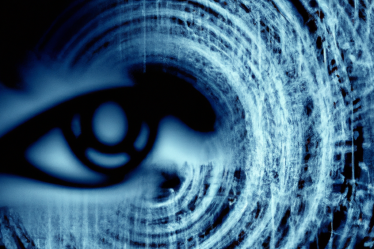
Unraveling the Fog of Depression: Finding Light at the End of the Tunnel
Depression is a complex mental health condition affecting millions worldwide. Often described as a dark fog enveloping the mind and heart, it makes it difficult to see the light at the end of the tunnel. However, it’s important to emphasize that depression is a treatable illness, and there are ways to overcome it. In this article, we will explore some strategies and resources that can help find hope and healing amidst the darkness of depression.
What is Depression?
Depression is a mental health condition characterized by persistent feelings of sadness, hopelessness, lack of interest in activities that once brought pleasure, along with other symptoms such as fatigue, sleep and appetite changes, difficulty concentrating, and recurring negative thoughts. It’s important to note that depression is not simply a matter of “being sad” or “getting over” problems. It is a clinical condition that requires appropriate treatment.
How to Recognize the Symptoms of Depression?
Symptoms of depression can vary from person to person, but some of the most common signs include:
- Persistent sadness;
- Loss of interest in daily activities;
- Constant fatigue and tiredness;
- Difficulty concentrating;
- Changes in sleep and appetite;
- Negative or suicidal thoughts.
If you are frequently experiencing some of these symptoms, it is important to seek professional help for proper evaluation and diagnosis.
How to Find the Light at the End of the Tunnel?
While depression may seem like a solitary and endless battle, it is crucial to remember that hope and help are available. Here are some strategies that can help find the light at the end of the tunnel:
Therapy:
Therapy is a powerful tool in treating depression. A qualified therapist can help identify negative thought patterns, develop healthy coping strategies, and provide emotional support during the recovery process. To learn more about the benefits of therapy, check out our post Discover the Power of Therapy: Transform Your Life Today!.
Physical Exercise:
Regular physical exercise has been associated with significant improvement in depression symptoms. Exercise releases endorphins, neurotransmitters responsible for the feeling of well-being, and helps reduce stress and anxiety. To learn more about the benefits of physical exercise, check out our post Transform Your Body and Mind: Discover the Power of Physical Exercises.
Relaxation:
Progressive muscle relaxation and other relaxation techniques can help alleviate stress and anxiety, promoting a sense of calm and well-being. To learn more about progressive muscle relaxation, check out our post Progressive Muscle Relaxation: The Secret to Relieving Stress and Improving Quality of Life.
Medication:
In some cases, the use of antidepressant medications may be recommended for treating depression. It is important to consult a psychiatrist to assess the need and suitability of medication in your specific case.
Conclusion
Depression may seem like a dense fog obscuring the vision of hope and healing, but it is important to remember that there are resources and strategies to find the light at the end of the tunnel. Seeking professional help, promoting self-care, and adopting healthy habits are fundamental steps on the path to recovery. Do not hesitate to seek support and allow yourself to receive the necessary help to overcome depression and regain emotional well-being.



